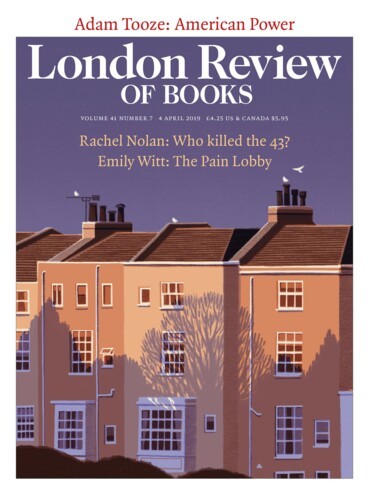the snake
is a snake;
but the toad has a human face, in the hidden
gallery under the roof, where the masons
practised their art, away from the bishops
and kings.
We’ve seen this much before (in Salisbury, say,
or that chapel above the Esk
at Rosslyn):
a refuge for the pagan in the chill
of Christendom, a Green Man
in the fabric of the stone; a running
boar; the sacred
hare; or else
the common wren, so
lifelike it might flit at any time
into a corner, tail
erect, the eye
agleam, as if to indicate
its known propensity
for lust
(which, in the old tongue, meant no more
than pleasure: no-one’s
shame and not a sin,
but life as such, immediate
and true
like flight,
or song).
At Reims,
they say,
the toad is done
from life - sans doute
un proche - a relative
or friend,
and high in the highest beams,
where no one goes,
a workman has sculpted a cat
with a woman’s smile.
It’s cold in here:
a memory
of life,
not life itself,
but just as the light
that falls through the stained-glass
windows falls
to scattered points of colour in the dark,
not from a god, but from a common
memory of being
lost amongst the trees,
old demons
watching from the murk,
some errant body
flitting back and forth
from light to dark
till something more familiar
than a god
escorts the wanderer home
– no shame in that,
nor any sin: a rabbit for the pot,
a brace of quail,
and nothing to confess,
should there be warmth
and laughter in the house
(a hut, no more,
under the cold facade
their hands have raised
to someone else’s god, a stone
conclusion,
while the old life
bides its time)
nothing to be refused,
where there is hearth
and humour
and the fleet
mysterium that runs
from skin to skin:
a mischief in the eye,
a sly remark,
a live cat
lapping the cream
while the stew-pot
simmers.
Send Letters To:
The Editor
London Review of Books,
28 Little Russell Street
London, WC1A 2HN
letters@lrb.co.uk
Please include name, address, and a telephone number.

